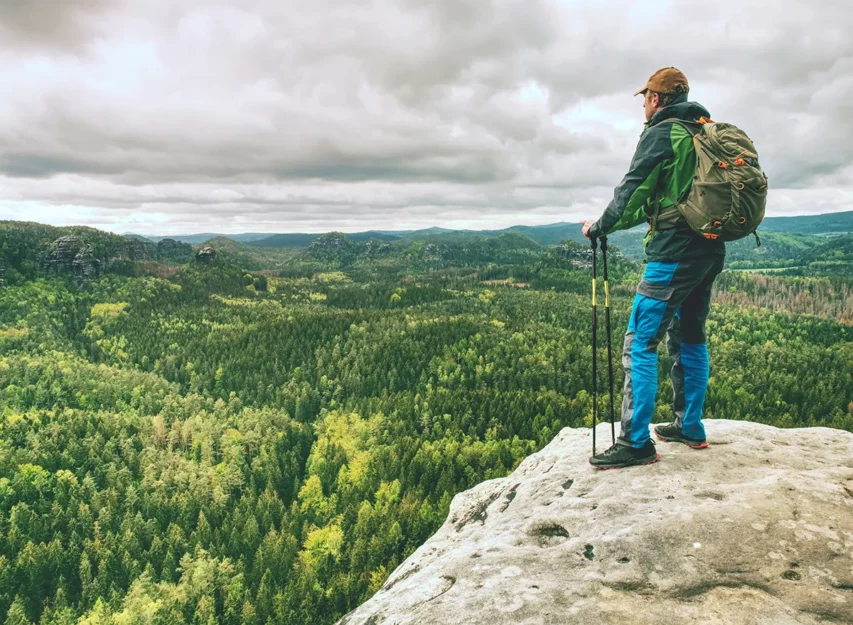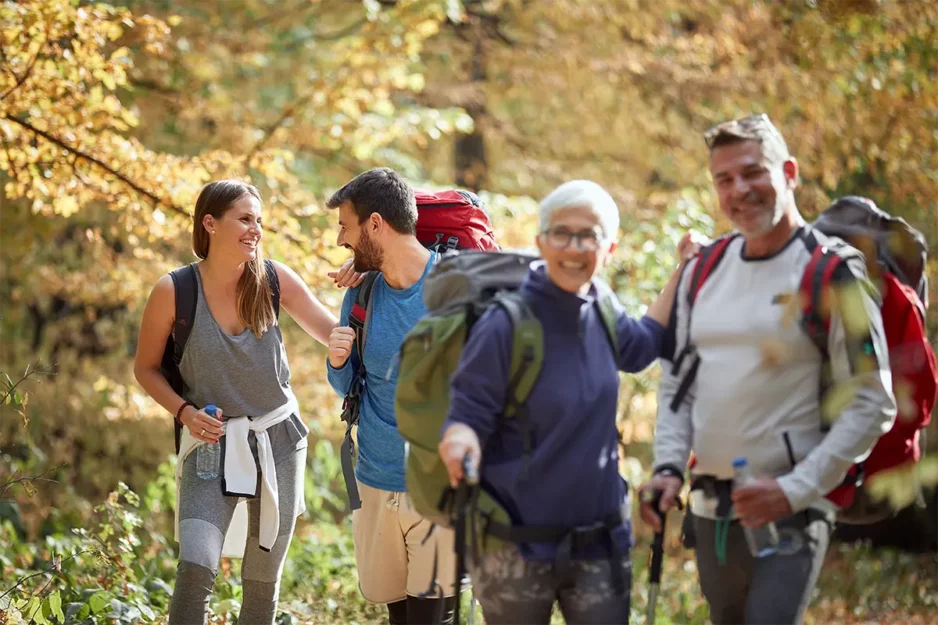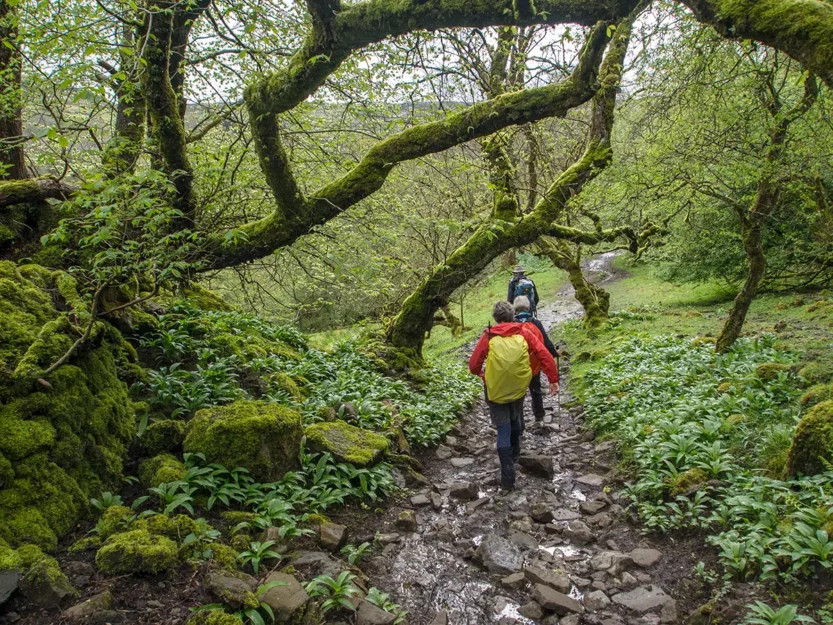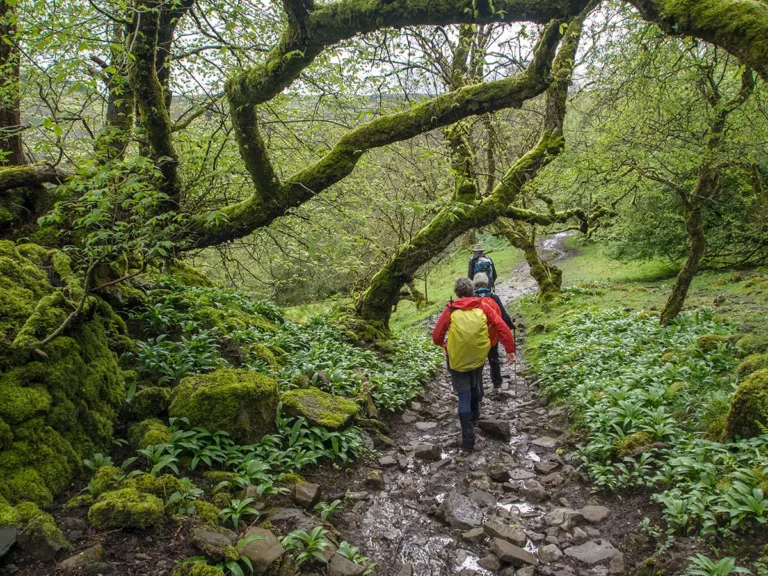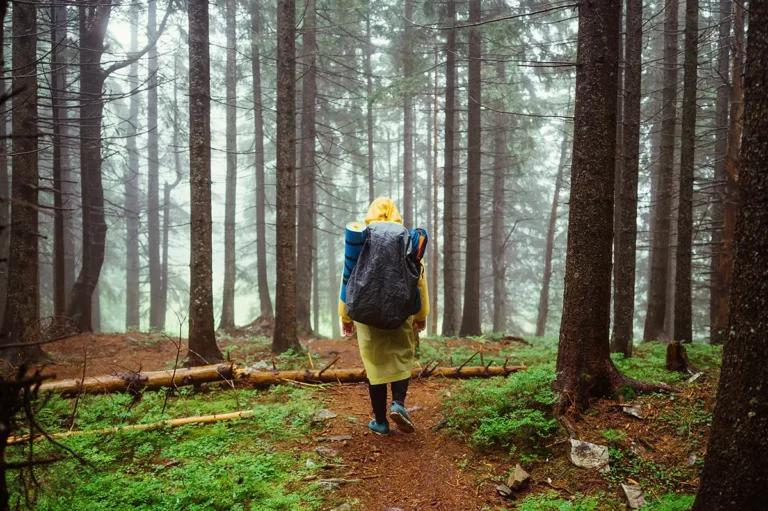There are as many hiking backpacks on the market today as there are trails to use them on. Knowing what to look for in a hiking backpack with many different sizes, materials, and add-on extras is essential to picking the best pack.
If you’re just getting started hiking, having a clear idea of the hikes you plan to complete, and the gear that will be needed is key. Owning multiple packs as your journey progresses is common.
When hiking, you only want to carry what you need.

What to look for in a hiking backpack
The first step in identifying the perfect hiking backpack is understanding how you plan to use the pack. If you’re a light hiker, a smaller pack may be best. For expeditions, a 70-liter backpack is needed.
Once you determine the proper size, the balance is creature comforts.
Small packs for light hikes
Small packs, such as waist packs or fanny packs, aren’t technically backpacks. After all, they’re not worn on the back. But they serve a similar purpose on a smaller scale.
For short hikes, they can do just fine.
Smaller packs should still have a strap and two or three compartments. This way, you can use them to store or hold a water bottle, nutrition bars, band-aids, disinfectant, sunscreen, or a dozen other small items that are handy on the trail.
Hydration packs
Some even have small, special-purpose water bladders with tubes and other mechanisms for drinking.
They’re often called hydration packs and hold up to a couple of gallons.
Remember, a gallon of water weighs about 8 lbs, so avoid adding too much water.
Larger backpacks
When you intend to be out longer, or need to carry more, there are lots of choices.
Most of those are categorized by size (volume typically), measured in liters. A liter is just over a quart in volume, but it refers to space, not necessarily the amount of liquid something holds.
Day backpacks
Day packs are designed for what the name suggests – to be used for relatively short hikes. They are anywhere from a dozen to three dozen liters in volume and come in a variety of styles.
Some day backpacks have no belt strap while others have a chest strap to keep the backpack stable. All will have shoulder straps.
Mid-sized backpacks
Larger backpacks, about 35 to 70 liters, go by a variety of names – mid-size, midrange, light duty packs and others. Used properly, they can hold quite a lot of gear, so be careful how much you bring. Remember, you have to carry it.
They’re typically made with really sturdy material and have a variety of shoulder strap and waist belt styles. A common type these days will have the sort of plastic ‘dog-leash’ clipping buckles that are everywhere now.
Expedition backpacks
The largest backpacks also go by a variety of names – full-sized, expedition, heavy duty and so forth. Over 70 liters, they can carry a lot of gear and have a number of special features to help you do so. Special splines or supports are often threaded through the shoulder straps, across the back or waist and otherwise.
These stiffer elements help stabilize the pack making it easier to carry. They often are designed to ride higher on the back in order to keep the load off the lower back. That helps enormously to prevent fatigue and back pain.
Final thoughts
Think of carrying a child when considering what to look for in a hiking backpack. When you carry a two year old on your shoulders, it’s pretty easy. You could do so all day.
Have that child hang off your shoulders and wrap their legs around your waist instead. You’ll tire quickly.
These heavy-duty backpacks have all kinds of lumbar support, pads, special materials, and well-engineered balance mechanisms. The frames have aluminum tubing in a form that has been thoughtfully considered.
Many have special holders for sleeping bags, or even a small fold-up tent. They come in ultra-sturdy composite materials and are just about indestructible.
Always make sure you’re only carrying what you actually will need, no more, no less.
Do you feel confident knowing what to look for in a hiking backpack? Share this article to help others.


